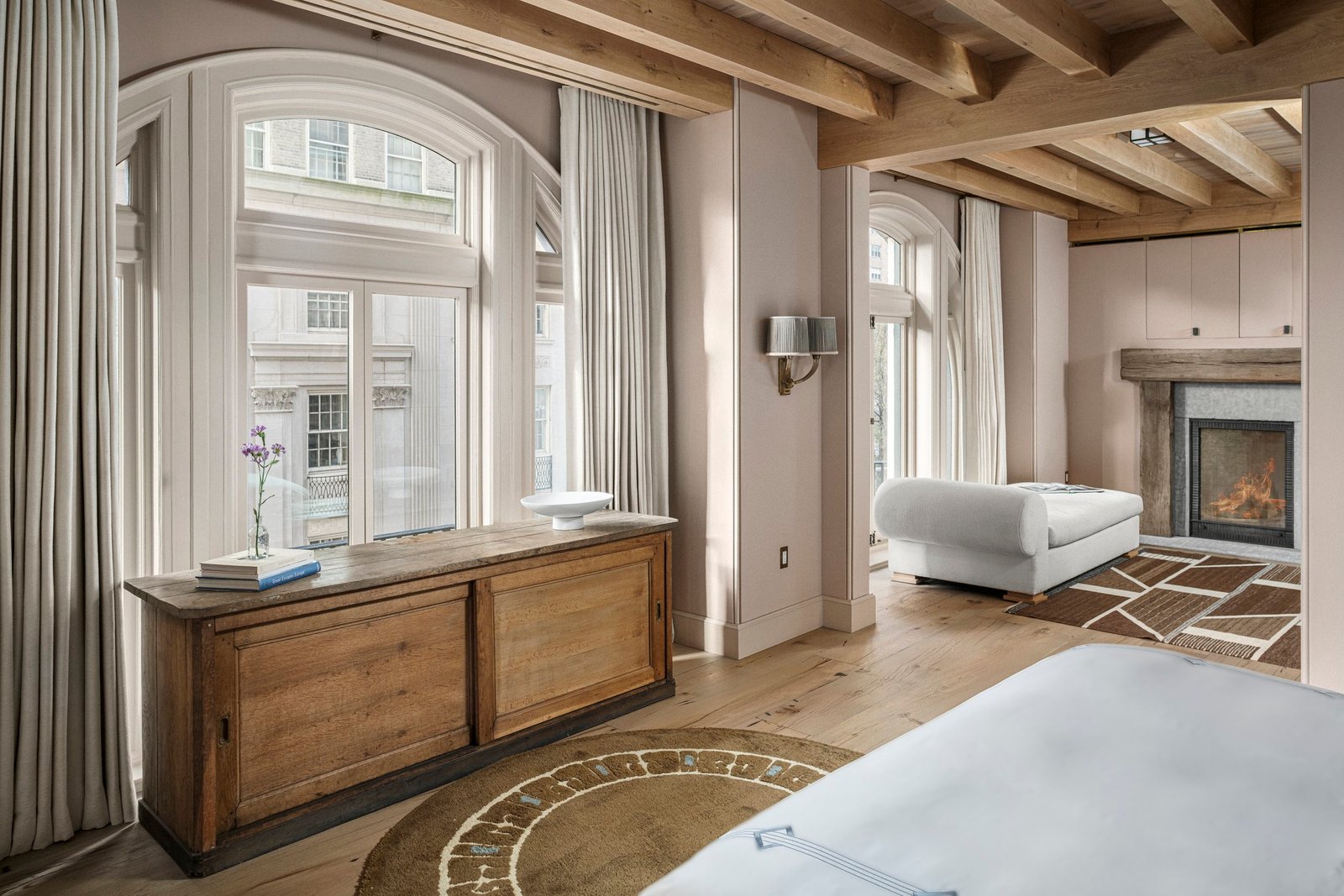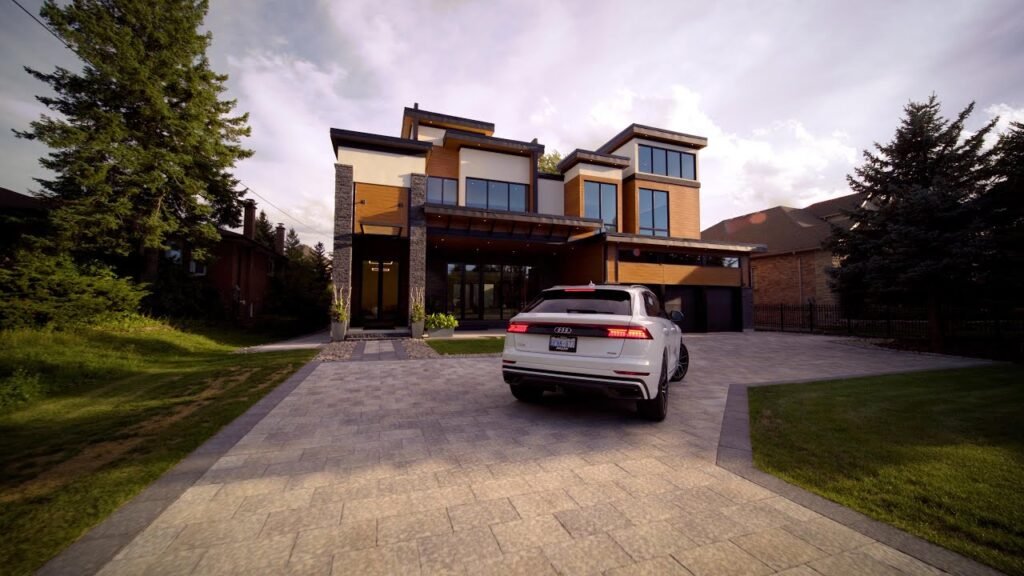Cinematic home tours transform traditional property showcases into immersive visual experiences, blending film techniques with real estate presentation. By utilizing cinematic storytelling, dynamic camera movements, and engaging visuals, you can bring a residence to life and captivate potential buyers. This article explores techniques for creating compelling cinematic home tours, emphasizing visual storytelling, dynamic shots, and the creation of immersive experiences.

Crafting a Visual Story
A successful cinematic home tour begins with a well-thought-out visual story. Start by planning the narrative you want to convey about the home. Consider the property’s unique features and how they can be presented in a way that highlights its character and charm. Structure your tour to guide viewers through the home in a logical sequence, creating a cohesive and engaging storyline.
Using Dynamic Camera Movements
Dynamic camera movements are essential for creating a cinematic feel. Employ techniques such as dolly shots, tracking shots, and smooth pans to add fluidity and motion to your tour. Using a gimbal or steadicam can help achieve smooth, cinematic movements, making the tour feel more professional and polished. Pay attention to the pacing of your shots, ensuring that they flow naturally and maintain viewer interest.
Incorporating Creative Angles
Creative camera angles can enhance the visual appeal of your home tour. Experiment with high and low angles, wide shots, and close-ups to capture different perspectives of the property. Wide-angle shots can showcase the scale and layout of rooms, while close-ups can highlight architectural details and unique features. Mixing various angles adds visual interest and helps convey the home’s ambiance.
Highlighting Key Features
Focus on capturing the home’s key features in a way that emphasizes their appeal. Use close-up shots to showcase high-end finishes, appliances, and design elements. Incorporate wide shots to present the overall layout and flow of the space. Consider using slow-motion or dramatic lighting to accentuate special features, creating a sense of luxury and sophistication.
Utilizing Lighting Techniques
Lighting plays a crucial role in achieving a cinematic look. Utilize natural light to create a warm, inviting atmosphere, and enhance interior shots with strategically placed artificial lighting. Consider the time of day for your shoot to make the most of natural light, and use lighting setups to highlight key areas of the home. Proper lighting enhances the visual quality and mood of your tour.
Creating an Immersive Experience
To create an immersive experience, focus on engaging viewers through sound and visuals. Use background music to set the tone and mood of the tour, choosing tracks that complement the home’s style and atmosphere. Incorporate ambient sounds, such as birds chirping or the gentle hum of a water feature, to enhance the sense of realism. Ensure that the audio and visual elements work together harmoniously to provide a captivating experience.
Incorporating Motion Graphics and Text
Adding motion graphics and text overlays can provide additional information and context during the tour. Use text to highlight key features, room dimensions, or design details. Incorporate motion graphics to introduce different sections of the home or to provide a visual narrative. Ensure that these elements are unobtrusive and enhance the viewing experience without distracting from the visuals.
Ensuring High-Quality Production
High-quality production is essential for creating a professional cinematic home tour. Invest in high-resolution cameras and equipment to capture crisp, clear images. Use proper stabilization techniques to ensure smooth camera movements and avoid shaky footage. Pay attention to color grading during post-production to create a cohesive and polished look that aligns with the home’s aesthetic.
Editing for Impact
Editing is a critical step in producing a cinematic home tour. Use editing software to trim and arrange footage, ensuring a smooth flow and cohesive narrative. Incorporate transitions, effects, and color correction to enhance the visual appeal and maintain viewer engagement. Focus on pacing, ensuring that the tour is engaging and maintains a steady rhythm throughout.
Conclusion
In conclusion, creating cinematic home tours involves crafting a visual story, using dynamic camera movements, and incorporating creative angles to bring a residence to life. By highlighting key features, utilizing lighting techniques, and creating an immersive experience, you can captivate viewers and showcase the property’s unique qualities. Incorporating motion graphics, ensuring high-quality production, and editing for impact further enhance the tour’s appeal. For those looking to present properties in a compelling and cinematic way, these techniques offer a powerful approach to engaging potential buyers and showcasing the essence of a home.

